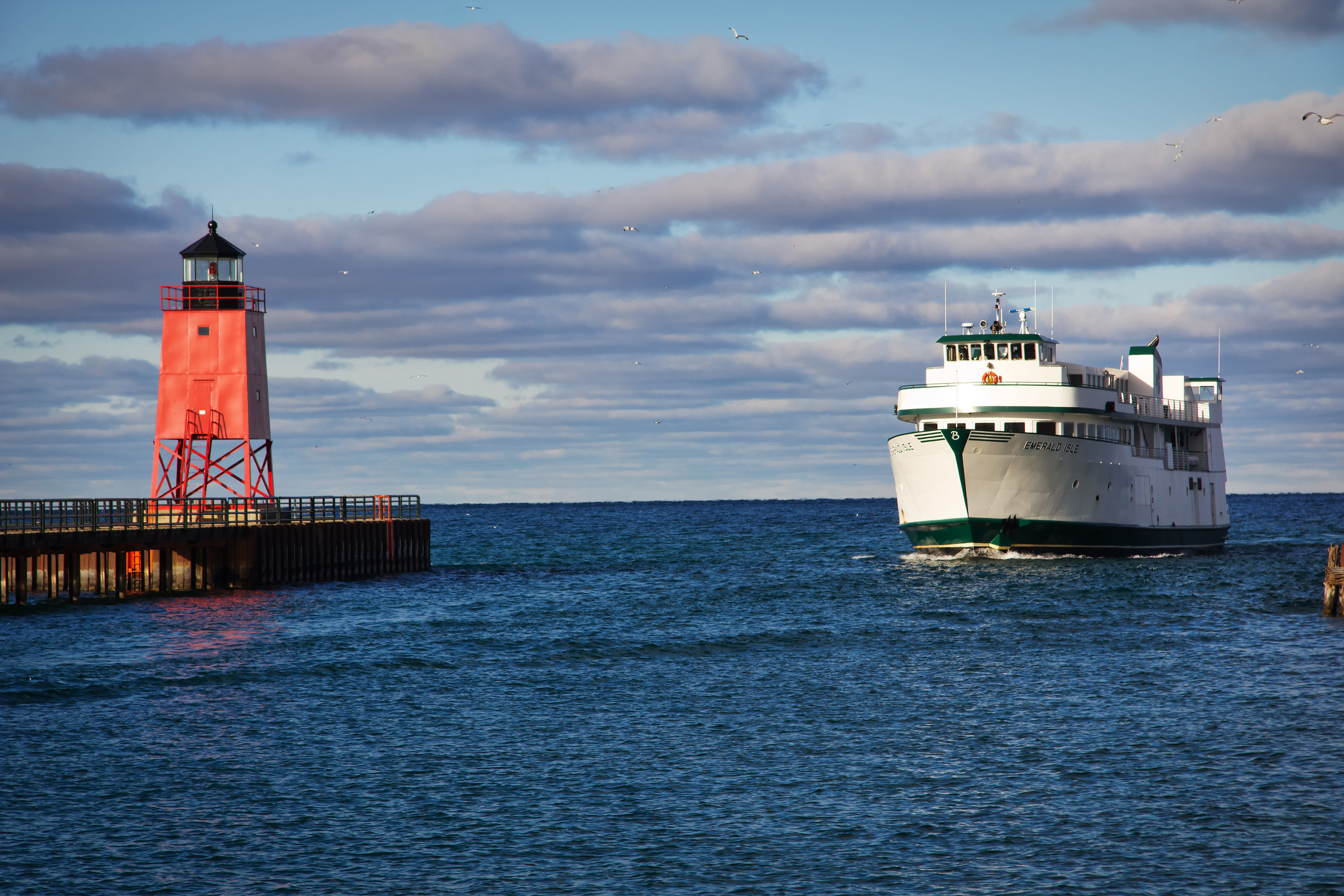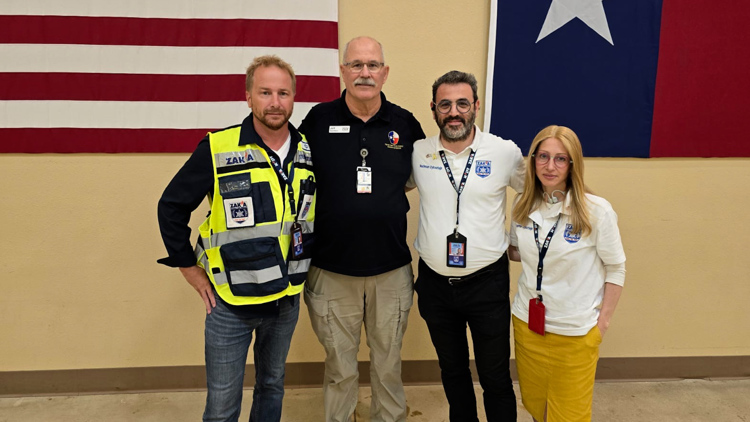Astrotourism is growing in popularity. Below are five destinations where you can enjoy an out-of-this-world celestial experience.
Beaver Island, Michigan
To enjoy top-notch stargazing, head over to an unspoiled island nestled within northern Lake Michigan. This remote location, free from urban glow, offers breathtaking sights such as meteor showers, comets, Zodiacal light, and occasionally, the aurora borealis. Observers marvel at the cosmic phenomena visible across this 55-square-mile protected area. Designated as a UNESCO Biosphere reserve, the island serves as vital nesting grounds for migrating birds. Ferry services operate out of Charlevoix, the nearest coastal town, transporting both people and vehicles; trips can be planned for either short visits or extended stays. It’s advisable to book these ferries ahead of time due to their duration of approximately two hours each way. Upon arrival, you’ll find accommodations ranging from hotels and motels to quaint bed-and-breakfasts, along with dining options and opportunities to rent boats for leisurely activities.
For more:
www.beaverisland.org
;
www.puremichigan.com
Natural Bridges National Monument, located in Utah
Boasting some of the nation’s clearest night skies, this picturesque area was one of the initial locations to earn the designation of an International Dark Sky Park. Enormous natural arches known as Kachina, Owachomo, and Sipapu create celestial openings allowing viewers to gaze at the heavens much like the Pueblo people did around 800 years ago. One of the most breathtaking views is the dazzling band of the Milky Way ascending above Owachomo Bridge. The primary objective of these parks, including this one, is to inform visitors about light pollution and highlight how individual actions can have a significant impact.
For more:
www.nps.gov/nabr/index.htm
Colorado by night
Colorado hosts eight International Dark Sky Parks and five International Dark Sky Communities. Explore Colorado’s self-guided stargazing route for a personalized celestial journey. Westcliffe and Silver Cliff, located within the state’s Wet Mountain Valley, rank as some of the highest-elevation International Dark Sky Communities globally. This valley lies sandwiched between the Sangre de Cristo Mountains to the west and the Wet Mountains to the east, offering stunning vistas from every angle. Be sure not to overlook the Smokey Jack Observatory, featuring a movable dome and equipped with both a 14-inch Schmidt-Cassegrain telescope and a 5-inch refractor telescope capable of automatic alignment and following celestial objects across the sky. Inquire about their complimentary public observing sessions scheduled periodically during the year. Also worth checking out is Westcliffe’s Main Street Planet Walk—a fascinating, self-paced stroll along a 4-billion-to-1 scaled representation of our solar system.
For more:
www.colorado.com/coloradostargazing
Lago Titicaca, Peru
The Andean Altiplano stands out as one of the premier locations for observing the night sky in the Southern Hemisphere due to its geographical advantages like remoteness, elevation, and arid conditions, which result in exceptionally transparent nights. This makes it possible for tourists to enjoy gazing at celestial formations without needing telescopic equipment. Engaging in star watching in Peru extends beyond appreciating cosmic splendor; it provides insight into the historical Incan society. The Incans, renowned for their advancements during antiquity, held deep reverence for celestial bodies and closely monitored astronomic occurrences. Additionally, Lake Titicaca carries profound importance both historically for the ancient Inca people and presently for contemporary Quechua communities. Consequently, conducting a stargazing session near this lake delivers a richly layered cultural exploration.

For more:
www.nayatraveler.com
;
www.peru.travel/en
Flagstaff, Arizona
Anticipate exceptional star gazing opportunities along with tours at the Lowell Observatory in Flagstaff, recognized as the world’s first Dark Sky City by the International Dark-Sky Association. Witness the very instrument used to discover Pluto back in the 1930s and gaze through the ancient yet still operational Clark Telescope. Inquire about reserving a spot in one of their intimate small-group sessions where you can observe celestial wonders using the cutting-edge 24-inch Dyer Telescope housed within the facility. This educational hub lies approximately 80 miles away from the renowned Grand Canyon and near several additional national parks and landmarks; hence, making it an ideal base camp for families seeking adventure. With elevations reaching upwards of 7,000 feet above sea level, visitors have access to numerous daytime activities such as trekking among pine trees or cycling trails nearby. Immerse yourself in local heritage that encompasses both historical elements like Route 66—a legendary highway slicing right across town—and cultural traditions rooted deeply in Western frontier lore alongside indigenous tribal histories.
For more:
www.lowell.edu
;
www.flagstaffarizona.org
___________
©2025 FamilyTravel.com. Distributed by Tribune Content Agency, LLC.













Leave a Reply